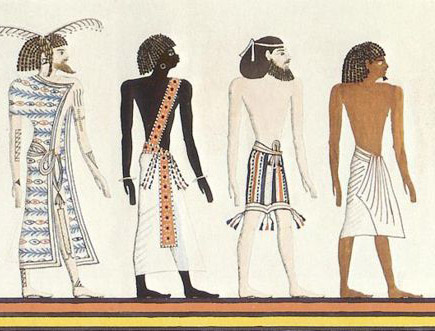
In Modern Egypt, the political system was controlled by the upper class of the wealthy and most powerful rulers. This upper hand class relied on the Egyptian social system to regulate the labor force, administer resources, and the taxation of products. Those who were part of the lower class consisted of Egyptian workers and peasants who struggled to survive this diverse system. The only way in which one could move upward in the social system was to achieve a particular skill, achieve in literacy, or becoming part of the military career. For example, a peasant could teach their sons to learn trade apprenticed by priests or by artisans. Those boys who learned skills such as reading, writing, and mathematics could become scribes or work for the government. Another way to progress their social status would be to study an occupation such as obtaining knowledge of architecture, medicine and engineering. Leadership and adjudication played a significant role in the Egyptian society and government.
Today, the sociopolitical organization of modern Egypt can be identified as a republic leadership with 26 territorial governorates. The most powerful person that controlled and represented the state was the president. A multicandidate would elect the president by popular vote. Egypt had a tripartite government constitution that consisted the executive, legislative, and judicial branches. Leadership and adjudication are practiced together and interconnected. Modern Egypt’s legal structure was developed and based on the Islamic law, English common law, and Napoleonic law codes. This legal structure is still enforced and practiced to this day.
http://www.all-about-egypt.com/social-structures-of-ancient-egypt.html
No comments:
Post a Comment